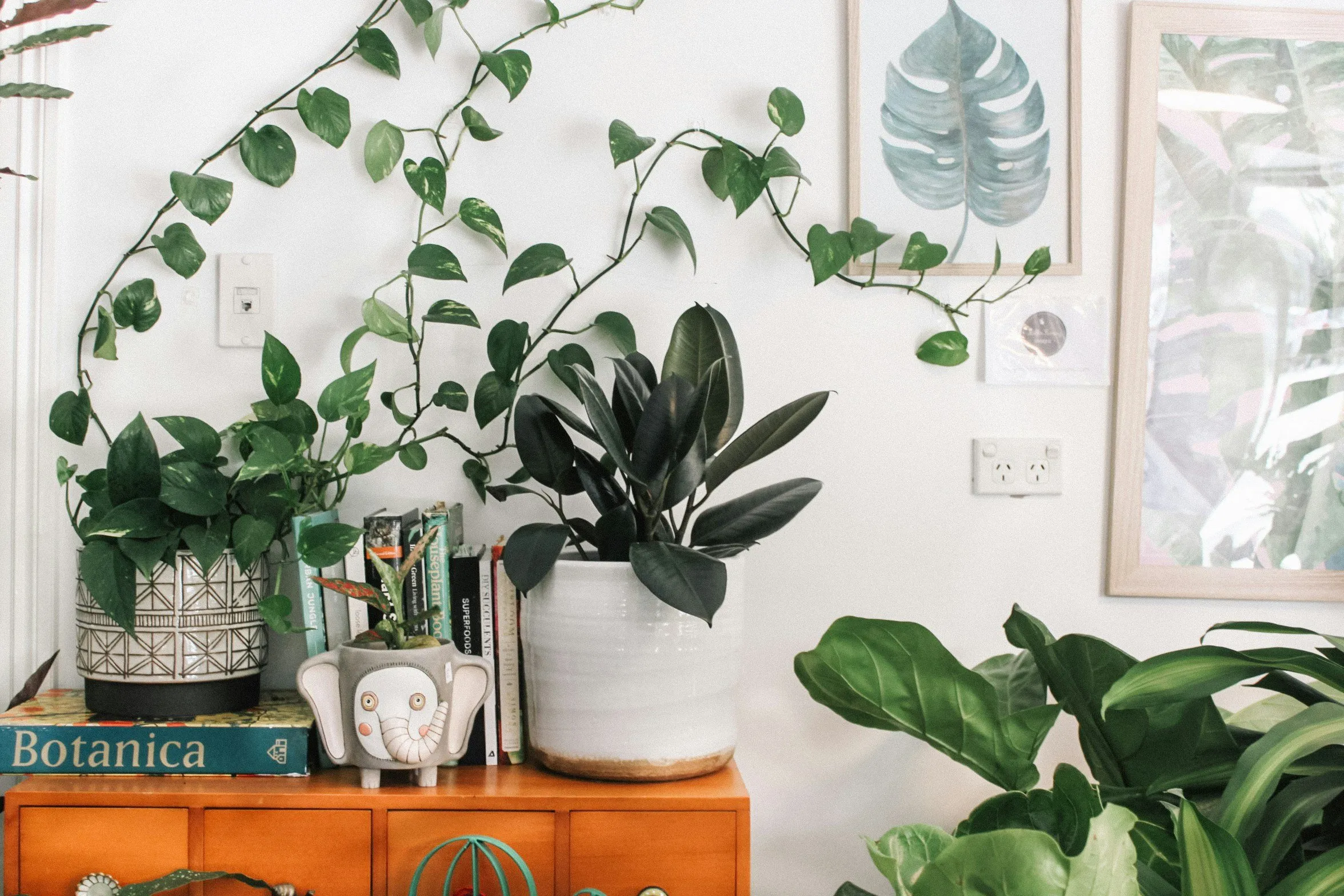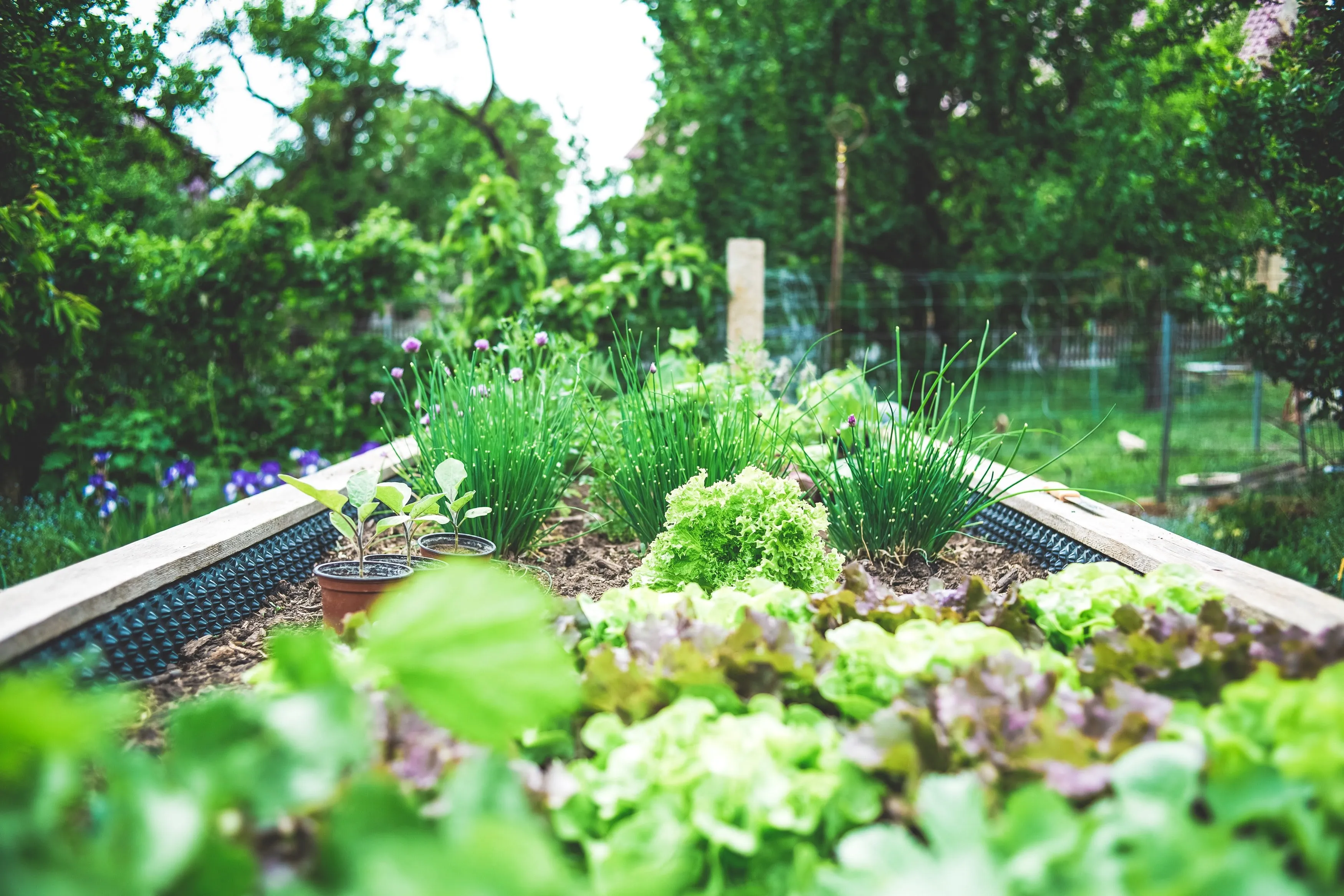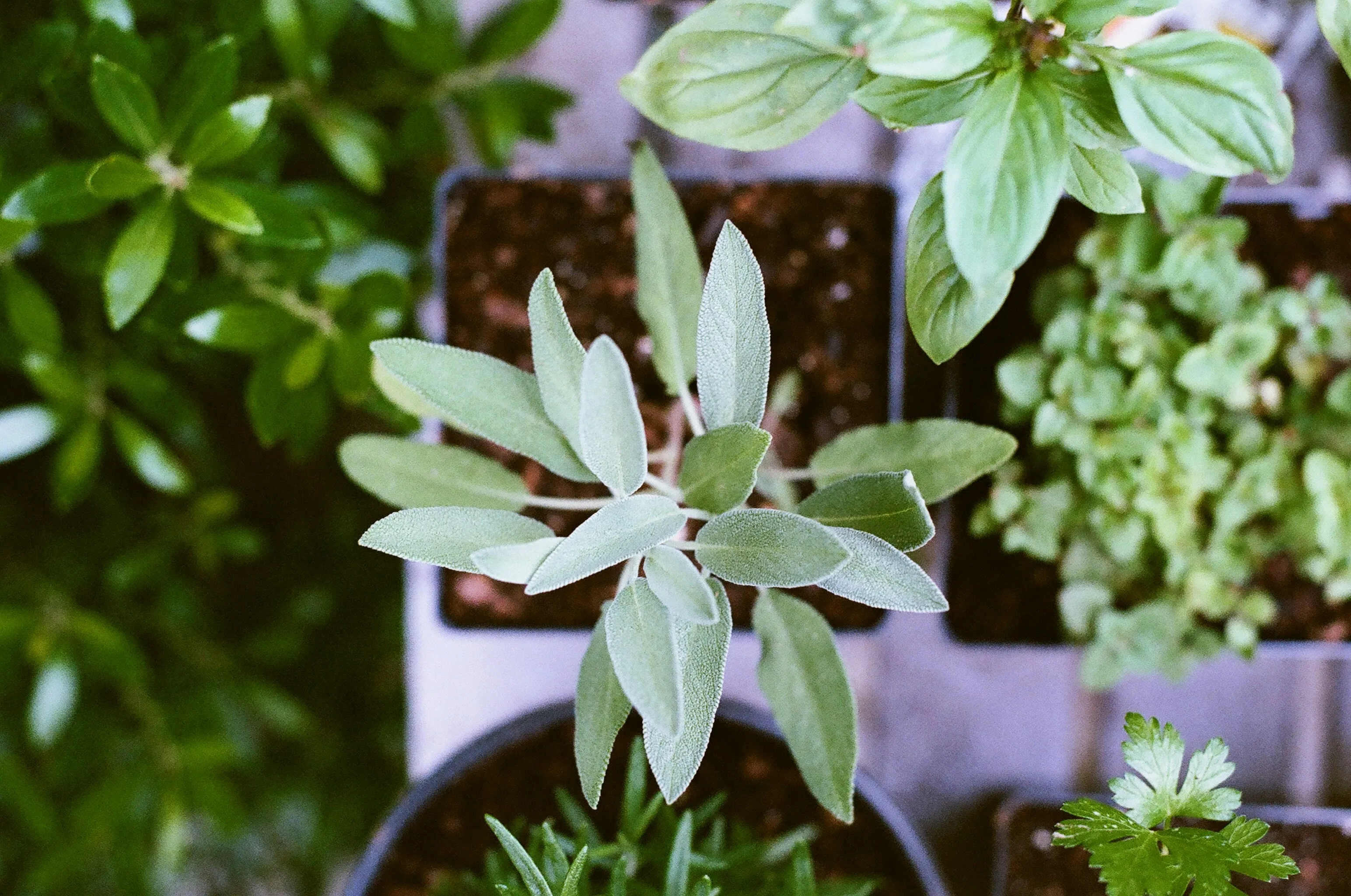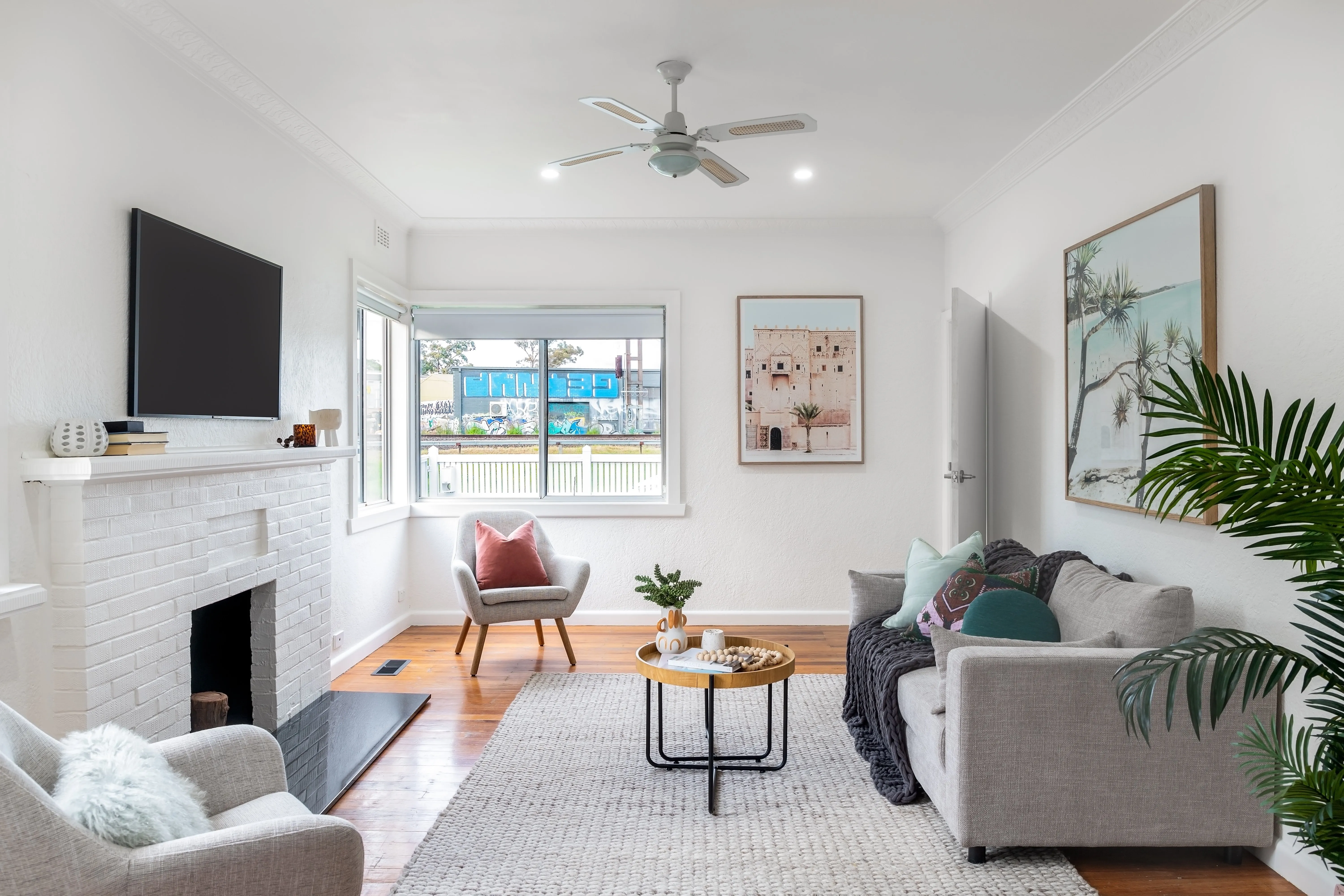Eco-Friendly Home Renovations: Transforming Your Space for a Greener Tomorrow
Welcome to the exciting world of eco-friendly home renovations! As we strive to create more sustainable living spaces, upgrading our homes with environmentally conscious features becomes not just a trend but a necessity. In this blog, we'll explore a variety of eco-friendly renovation ideas, from energy-efficient upgrades to sustainable materials and water-saving fixtures. Get ready to embark on a journey of transformation as we pave the way for a greener tomorrow, one home renovation project at a time.

1. Embrace Energy-Efficient Upgrades
The first step in creating a greener home is to reduce energy consumption through energy-efficient upgrades. Consider replacing old appliances with Energy Star-rated models, which use less energy and save you money on utility bills. Install programmable thermostats to optimize heating and cooling schedules, reducing energy waste when you're away from home. Additionally, upgrading to LED light bulbs throughout your home can significantly lower electricity usage and provide long-lasting illumination.
2. Choose Sustainable Building Materials
When embarking on renovation projects, opt for sustainable building materials that minimize environmental impact. Look for materials such as bamboo flooring, which is fast-growing and renewable, or reclaimed wood for a rustic and eco-friendly touch. For countertops, consider options like recycled glass or composite materials made from recycled content. By choosing sustainable materials, you not only reduce the demand for virgin resources but also add character and charm to your home.
3. Install Water-Saving Fixtures
Water conservation is another crucial aspect of eco-friendly home renovations. Upgrade your bathrooms and kitchens with water-saving fixtures such as low-flow toilets, faucets, and showerheads. These fixtures reduce water usage without sacrificing performance, helping you conserve this precious resource and lower your water bills. Consider installing a rainwater harvesting system to collect rainwater for outdoor irrigation, further reducing your reliance on municipal water sources.

4. Optimize Insulation and Air Sealing
Improving insulation and air sealing in your home is a cost-effective way to enhance energy efficiency and comfort. Seal gaps and cracks around windows, doors, and ductwork to prevent air leaks and heat loss. Upgrade insulation in attics, walls, and basements to minimize heat transfer and maintain a consistent indoor temperature year-round. These simple upgrades not only reduce energy consumption but also create a more comfortable and healthy living environment for you and your family.
5. Incorporate Passive Solar Design
Passive solar design principles harness the power of the sun to heat and cool your home naturally, reducing the need for mechanical heating and cooling systems. Orienting windows to capture sunlight during the winter months and shading them during the summer can help regulate indoor temperatures and lower energy bills. Consider adding thermal mass, such as concrete floors or masonry walls, to absorb and store solar heat, further enhancing energy efficiency and comfort.
6. Integrate Smart Home Technology
Incorporating smart home technology into your renovation projects can enhance energy efficiency and convenience. Install smart thermostats, lighting controls, and energy monitoring systems to optimize energy usage and track your home's energy performance. Invest in smart appliances that offer energy-saving features and remote monitoring capabilities, allowing you to control your home's energy consumption from anywhere. By embracing smart home technology, you can create a more sustainable and connected living environment.
7. Implement Green Landscaping Practices
Extend your eco-friendly renovation efforts to your outdoor spaces by implementing green landscaping practices. Choose native plants that are adapted to your region's climate and require less water and maintenance. Install permeable paving materials, such as gravel or permeable concrete, to reduce stormwater runoff and replenish groundwater. Incorporate rain gardens and bioswales to capture and filter rainwater, promoting soil health and biodiversity in your yard.

Conclusion: Transform Your Home, Transform the Future
As we've seen, eco-friendly home renovations offer a multitude of benefits, from reducing energy consumption and water usage to promoting sustainability and comfort. By embracing energy-efficient upgrades, sustainable building materials, and water-saving fixtures, you can create a home that is not only healthier and more comfortable but also kinder to the planet. So, roll up your sleeves, unleash your creativity, and embark on the journey of transforming your home for a greener tomorrow. Together, we can make a positive impact on the environment and build a brighter future for generations to come.
Revising Sageness
Ready to read more?




